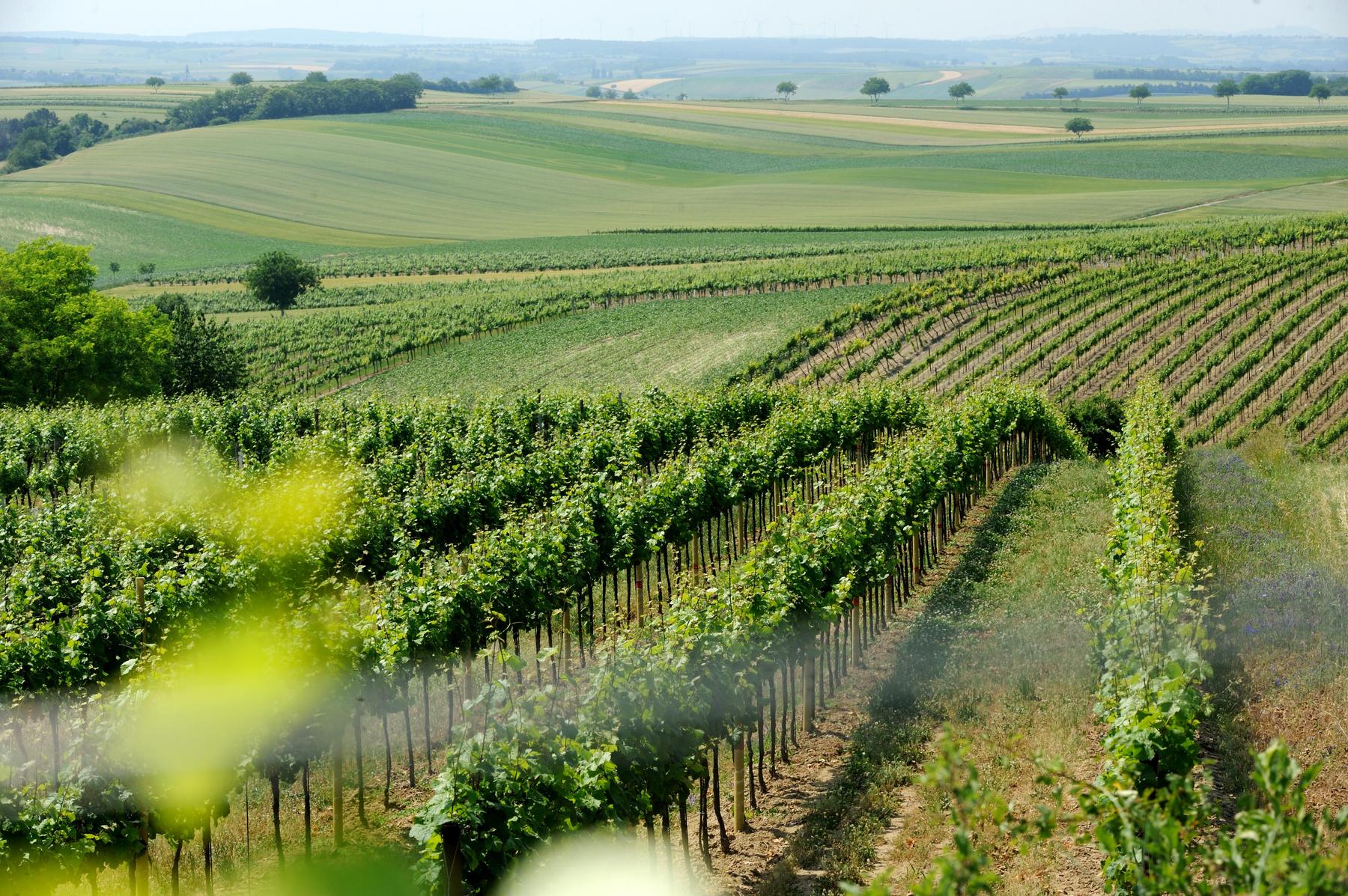Playground on top of the parking lot, or what makes it so good to live in Copenhagen?
Copenhagen is one of the most lively places in the world where the Danes live in a quiet and green environment – extremely stylish
Photo: Edward Berthelot/Getty Images
At first, it doesn’t seem like a big idea to travel in a colder and darker place in the winter, but the Danish capital still gives a person’s crumbling faith in urban life, like never coming up. However, the Danes are not lazy to light a candle, put fresh flowers in the vases, and their capital was designed to be good to live in it.
Silence, lots of bikes, huge green areas, smiling people and all buildings that are used exactly for what they were designed. How did the capital of Denmark become one of the most lively places in the world?
Fingerplanen, ie the brilliant finger -plan
Copenhagen Downtown is not too crowded – all capital’s brimstone shopping street can be withstanding – public transport is fast, accessible and even clean and free washbasins in the subway. There are more bikes in the city than the car, and the locals even make full shops with the former.
On the weekend in Copenhagen, we went to a huge, waterfront library, where readers with a small child can rent a stroller, climbed Copenhill, the ski slope on the side of the garbage burner, but in reality it is very good.
We had amazingly fine fish in the Gastro Quarter at the site of the former slaughterhouse and went to the Louisiana Museum built on the waterfront, where the fine art was at least as impressed with the fact that there was no silence on the train.
When fashion draws inspiration from painting, there are miracles there
The foundations of the pleasant Copenhagen life were laid in a plan designed immediately after World War II, which has been helping the city harmonious ever since. Creator architects There were some who started to talk about the capital they wanted for themselves and their children during the war, during the lunch breaks, once the fighting ends. And their dreams have become a reality that still acts.
The fingerplanen is exactly what it sounds. The wife of one of the architects, whose palm shape was mostly fit for Copenhagen, put his hand on the paper and was drawn around his colleagues. This is how the plan was born on which to this day is based on the Danish capital development. The palms remained for the city center, and the lines of the five fingers were followed by motorways and railways, creating residential areas along them.
Everyone was easy to get to school, to work and shop, to take advantage of the city’s cultural opportunities, and the gaps between the fingers remained green. Of course, not all real estate investors were delighted with the latter, as there were plenty of people who would have liked to have built the huge, sprinkling green areas with shopping malls and residential areas, but Fingerplanen’s social support was overwhelming.
The popularity of the concept was also in its simplicity. It was easy to communicate and love a planned plan for the city, so today most Danes know exactly what fingerplanen is.
Of course, the fingers also have disadvantages, for example, if someone lives at the end of the little finger and wants to visit their friends in the middle of the index finger, they have to travel for quite a long time. However, most city dwellers happily use this discomfort, as they can live a high quality urban life that most of us dream of.
The more sustainable fashion industry is our common matter – the European Union’s textile regulations
The five -minute city
Copenhagen is still at the forefront of the city development concepts. In the consciously designing cities of the world, they try to realize the principle of a fifteen -minute city when you find everything you need in a single area. This way, your days are not in a plug, you can easily get to kindergarten and school with your children, and then you don’t even get late from your workplace and you didn’t even have to get in a car.
In the evening you can simply shop for a for dinner You need ingredients, but if you go to a restaurant instead of cooking and maybe watch a movie in the cinema, of course, these services are available for a short walk.
And where people walk on foot, they inevitably get to know their neighbors.
Not only is they knocking on each other’s fists when the DIY dad puts the decopir sweep from the second Sunday. And the neighborhoods where neighbors know each other are typically safer, as people will inevitably pay attention to each other.
The seven secrets of Scandinavian women’s style that are unrelated to anything
To the inhabitants of Copenhagen All this is not a utopia, but a natural part of life: in fact, here it starts to count a quarter of an hour. Thus, Nordhavn, a five-minute part of the Danish capital, was created in an earlier industrial area, surrounded by water from three sides, and where everyone can forget their car.
The five -minute quarter when planning The industrial heritage of the city was also taken into account: the grain silos were not demolished, but redesigned. Not only did they be able to create dozens of special homes, but the former symbol of the old industrial district became one of the focal points of the new hypermodern residential area.
If you want to get there quickly everywhere, it is worth getting the most out of everything, so there are few buildings here that perform only one function. Such a multifunctional building is the symbolic point of the city, Konditaget Lüders, an outdoor gym, running circle and playground at the top of the parking lot, which can be approached on the outer stairs. The latter is regularly done by the more trained inhabitants of Nordhavn, who are not frightened by the staircase or the minuses.
I was here on a cold and damp night, so luckily I didn’t take the place from a minor, while I jumped out on a high -tailed trampoline net. When I warmed up properly and stopped for a moment, I began to watch family scenes unfolding through the huge windows of the residential buildings around the parking garage. In Denmark It is not customary to put a curtain on the windows, so I saw the five -minute city dwellers spending their Sunday night.
It was forbidden to enter the cafes at one time, you can now find out why
Dinner around the table, parents reading the story, happily hoping guests, warm lights and candles everywhere. It was all like a realized furniture store. The envy of the yellow city has flooded, which has been avoided since I slipped down the huge slide of the city’s architectural museum, which opened to children and adults alike. Of course, not all human problems can be solved by proper urban planning, but it is insatiable to add a lot to our lives when they are designing a city and does not grow like GAZ.
The more buildings we use for what we are designed for, the better our well -being will be, not because of the problems caused by continuous sufnituning. Upon returning home, in the spirit of hygge, my living room with a candle and plant, until the sun is shining.





